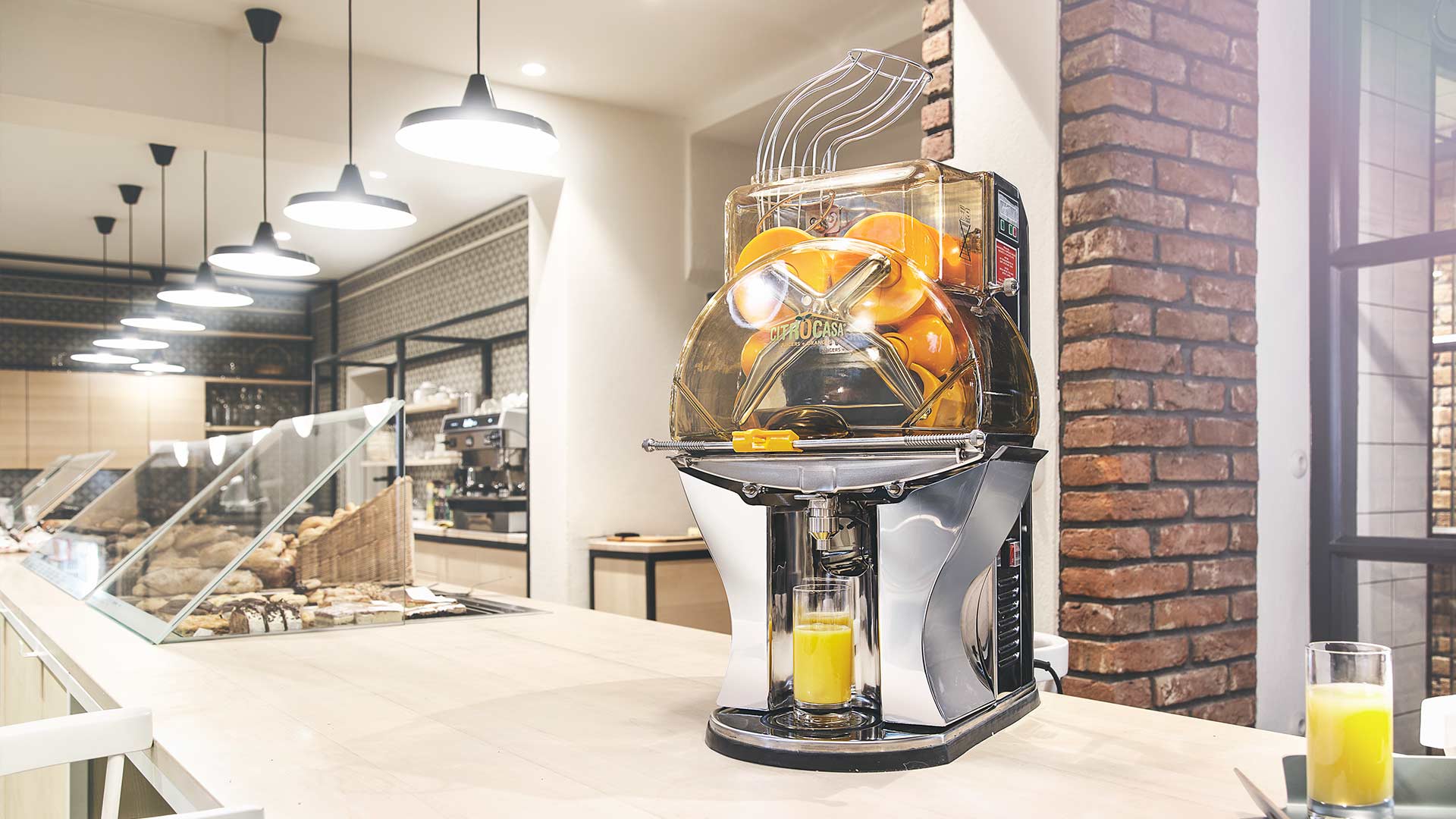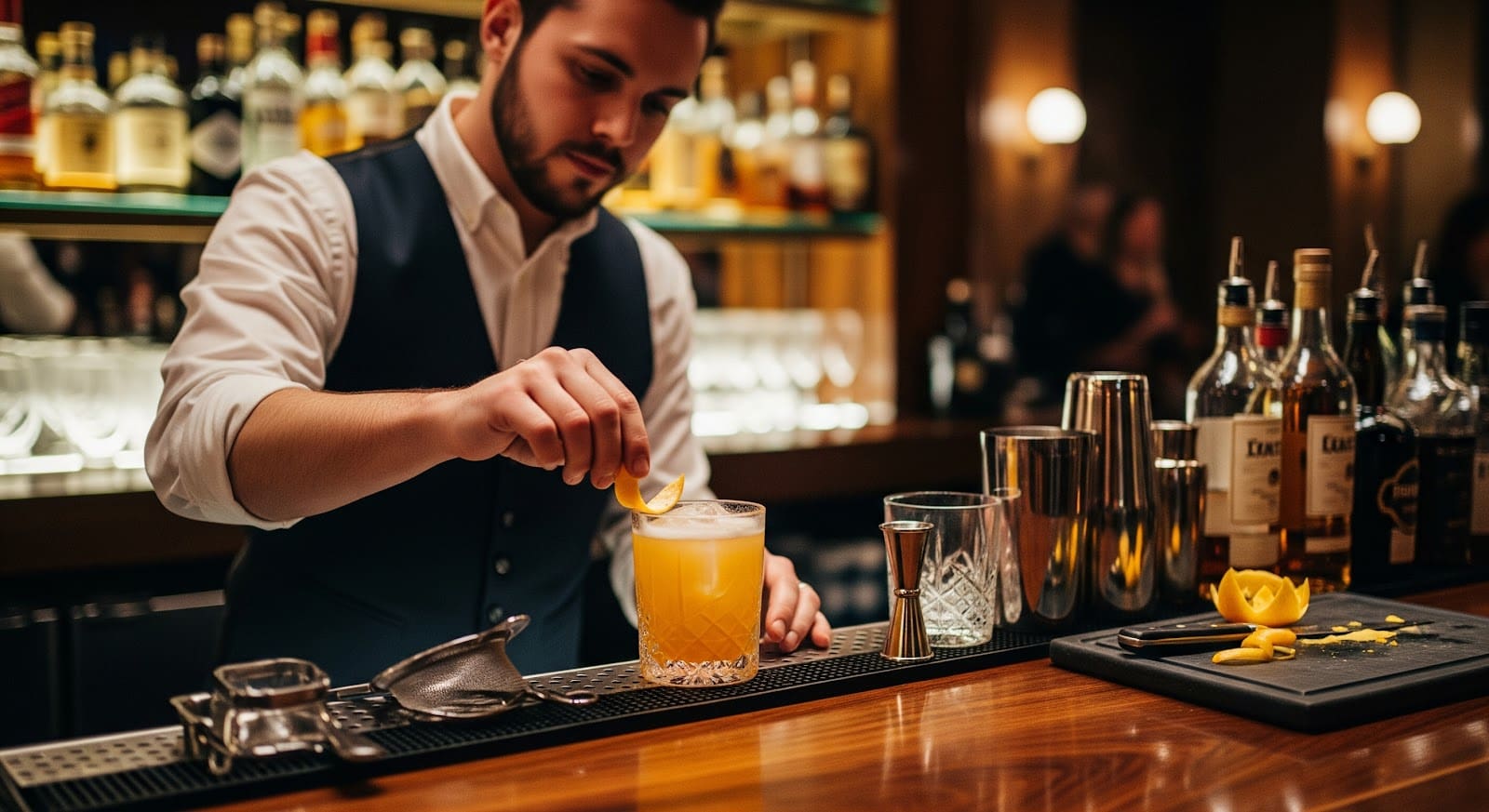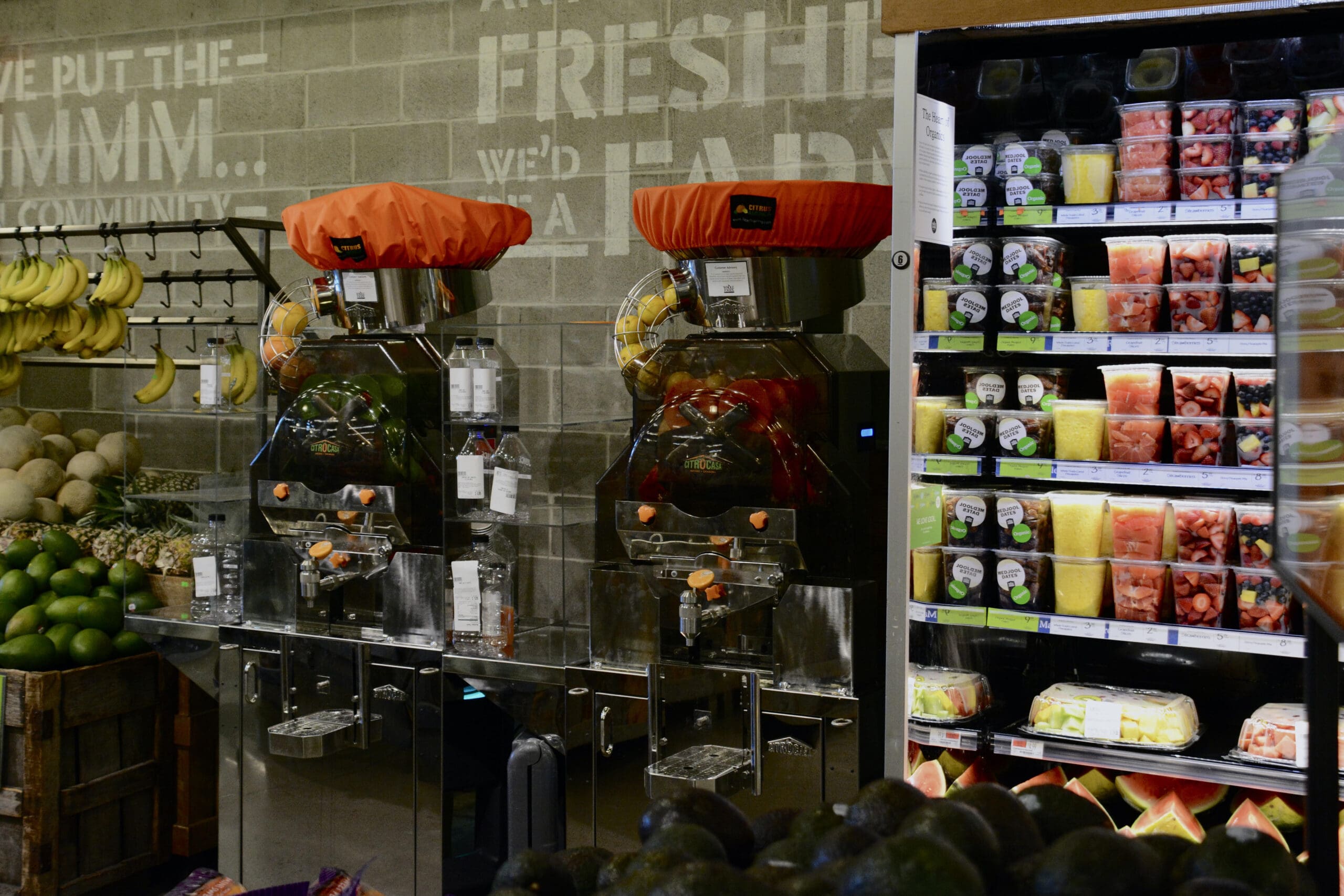How to squeeze limes: Limes can be hard, but juicing them can be easy! -
The freshest cocktails, appetizers, non-alcoholic beverages, entrées, and deserts need the freshest ingredients. Adding fresh lemon juice, lime juice, and orange juice can help your bar or restaurant create amazing recipes. Bartenders and chefs can support your brand with the most delicious dishes and cocktails possible.
This article is about squeezing limes and lemons in your restaurant, commercial kitchen, or bar operation to support a fresh strategy. Depending on the volumes you need to juice, there are different strategies you can follow to juice your lemons, limes, and other citrus fruit.
It doesn’t matter if you’re in downtown New York City, Chicago, Houston, or Los Angeles, most people want to know what they’re getting. People going to their local urban or suburban eatery, or visiting a rural country kitchen, want to know their chef or bartender is squeezing fresh limes, preparing fresh lemon juice, or pressing their orange juice on demand.
People specifically going to a cocktail bar are searching for amazing cocktails. They may be looking for new, innovative blended cocktails or simply looking for a classic cocktail mixed with a traditional recipe, such as a whiskey sour, daiquiri, margarita, screwdriver, or hurricane.
Click below if you'd like to read more about hurricanes and daquiris!
USE THE RIGHT GLASS
Your cocktail strategy should consider the flavors and the visuals you offer your patrons. Blended drinks served in the right glass on a hot summer day should be a refreshing experience, while a classic cocktail mixed in the right glass with a fresh lime wedge and high-quality ingredients can be one of life’s simple pleasures.
Even a simple glass of fresh orange juice can be visually transformed by serving it in a chilled fluted champagne glass. By adding in a sparkling wine, such as champagne, prosecco or cava, you’ve just created an incredibly fresh mimosa. You can make similar creations by adding a splash of fresh lemon, lime, or orange to your favorite sparkling wine to make it more tart or more sweet.
Some people don’t want to drink alcohol, so mixing a non-alcoholic drink with fresh ingredients and serving it in the right glass can be a very special visual, aroma, and taste experience. Serve strained chilled fresh lemonade into a Collins glass with a splash of blood orange or tangerine any time of day or night for a non-alcoholic beverage worth a photo and a smile.
CITRUS FRUIT IS AMAZING
Citrus fruit is amazing because:
- Amazing all-natural packaging
- Looks fantastic whole, sliced, or in wedges
- Incredible tastes and aromas combine for great flavor
- Very versatile in its uses in the kitchen and at the bar
- Citric acid is an amazing all-natural preservative
- Highly nutritious with a range of vitamins and nutrients
Blending in relatively small amounts of fresh citrus juice can make your dishes and cocktails pop with exciting flavors, while adding wedges of fruit can hint at the flavor packed into the recipe. Bartenders and chefs can blend sweet, sour, and bitter combinations while reducing sugar in cocktails and salad dressings.
Squeezing a few fruits is easy. Producing larger volumes of fresh citrus juice on a daily or weekly basis can still be easy, but there are some things you have to consider in order to produce the best tasting juice – and do it efficiently, safely and consistently. In an earlier blog, we discuss when to use a manual juicer and when to graduate to an automatic integrated juicer. Regardless of what method you use to juice, follow these five tips:
- Use Quality Fresh Clean Fruit
- Use the Right Equipment
- Train Staff on Juicing and Using Equipment
- Keep Equipment and Work Areas Clean
- Quality Control to Help Staff Improve Performance
USE QUALITY FRUIT
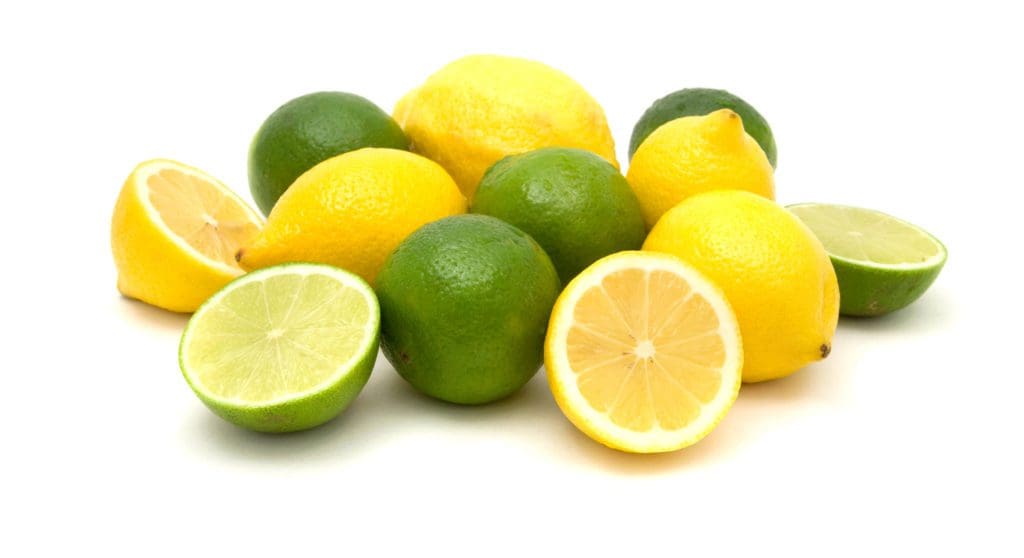
In order to produce quality juice, you should buy quality fruit from reputable suppliers. Quality suppliers, fruit distributors, wholesalers, etc. properly manage their supply chain. They also buy from reputable packing houses. A quality packing house uses quality fruit, which they clean and prepare in the packing process. When juicing be sure to buy the right size fruit for your juicing equipment and make sure the fruit is clean and ready for juicing.
Most lemon, lime, and orange shipments come from Florida, Texas, California, and Mexico. Seasonality can have an impact on flavors, but chefs and mixologists can leverage this to enhance a restaurant’s menu offering throughout the year. Developing relationships with quality produce suppliers can help owners manage costs while maintaining a restaurant’s brand image.
While small percentage changes in cost can have a serious impact on any business, proper supply chain management can help owners be sure they get the right fruit on the truck at a competitive price. Any restaurateur has experienced a lime shortage in the past. Having the right equipment to juice different sizes of fruit can help owners better manage costs by adding flexibility to their fruit sourcing options. Fruit sizing and availability can be a significant factor and have a good sourcing partner and the right equipment can help maintain stability and reduce costs.
USE THE RIGHT JUICING EQUIPMENT

This article addresses businesses needing to squeeze more than 1 box of fruit on a daily basis. That means you’ll want to buy an integrated automatic juicer to get the job done right. By “Integrated Automatic Juicer” we’re talking about a juicer that cuts and squeezes the fruit in a single self-contained process. It also separates the peels and seeds from the juice. It contains the key processes in one machine.
Some restaurants or bars may already juicing smaller quantities of lime or lemon juice. These operations may be manually juicing using a small hand press, Mexican lime press, or rotating “Sunkist-style” semi-automatic juicer. These types of presses, or squeezers, are an excellent beginning, but juicing higher volumes, such as a box per day, will require a high-efficiency solution.
If you’re juicing smaller quantities or juicing other fruit besides citrus, you may want to look at these blog posts for some ideas:
AN EXPERT'S FLAVOR TEST
In his 2010 article in The Atlantic, Dave Arnold performed in-depth testing for the best tasting lime juice for cocktails. Dave Arnold is clearly a world-class bartender and famous food personality. The two major factors he tested were: 1) juicing method and 2) timing. Arnold compared a semi-automatic juicer strategy, using a Sunkist juicer, versus hand-squeezing. He also tested using immediately pressed lime juice versus 4 hour-old lime juice.“The overwhelming favorite was the hand-squeezed lime juice that was four hours old.” (The Fresh-Squeezed Juice Myth, October 2010, The Atlantic, Arnold)
Arnold shared his thoughts on why the 4-hour-aged, hand-squeezed lime juice won the tasting. We’ll expand on his thoughts here, based on our most recent research and testing:
- Gently hand-squeezing or using a device that closely replicates hand-squeezing, will yield the juice with the lowest amount of peel oil and other peel contaminants from the pith and peel. Peel oil is bitter, so reducing it makes for a smoother tasting juice, without adding extra sugar.
- Citrus fruit is filled with aromatics. Nature designs these aromatics to protect the fruit and to increase their appeal so animals will eat them. The aromatics are volatile and begin to dissipate once the fruit is sliced open.
- Flavor is a combination of ‘taste’ and ‘aroma’. Taste is driven by Sweet, Sour, Salty, Bitter, and Umami. Aroma is driven by many complex volatile chemical combinations found in the fruit. The flavor profile of foods is determined by taste and smell. (See Why Does Fresh Orange Juice Taste so Good for a deeper explanation of flavor).
- Letting the juice sit for a few hours (4 hours in Arnold’s testing) allows some of those aromas to evaporate. We like to say we let the juice ‘mellow out’ for a smoother flavor.
- Based on Arnold’s testing, the mellowed-out, hand-squeezed lime juice represented the best flavor profile. This profile best compliments most of the cocktail combinations used.
FLAVOR
When making equipment selections, make sure the equipment properly cuts and squeezes the fruit. This sounds like a simple concept, but there are some things to consider. Many available equipment options excessively tear the peel (as opposed to cleanly cutting the peel). Some equipment use juice extraction strategies that result in high peel oil and pith content in the juice. This dramatically degrades juice quality. Furthermore, as the juice sits for a few hours, or even a few days, the volatile aromatics begin to dissipate, which allows the bitter peel oils to come through even more, making peel oil a critical factor when juicing.
Bitter and sweet compete for the same taste buds. By reducing the bitterness in your lemon, lime, or orange juice you can naturally enhance the sweetness of your recipes without adding extra sugar. Chefs and bartenders can better control the bitterness in recipes by purposely using bitter ingredients. By tearing or over-squeezing citrus rinds some equipment adds unwanted bitterness to the recipe.
Using equipment that properly slices and squeezed the fruit, a chef has much more control over the blended flavors he or she is using. Ceviche is classic example where experts are very much aware of the importance of using properly sliced and pressed limes. Bitter lime juice can ruin what would otherwise have been a delicious ceviche. This principle applies to many dishes and cocktails.
The right equipment can help a chef or bartender gain more control of their food and drink flavor profiles, enhance their menu, and do so while saving dollars on both food and labor costs.
USES OF LEMON & LIME JUICE IN RESTAURANTS & BARS
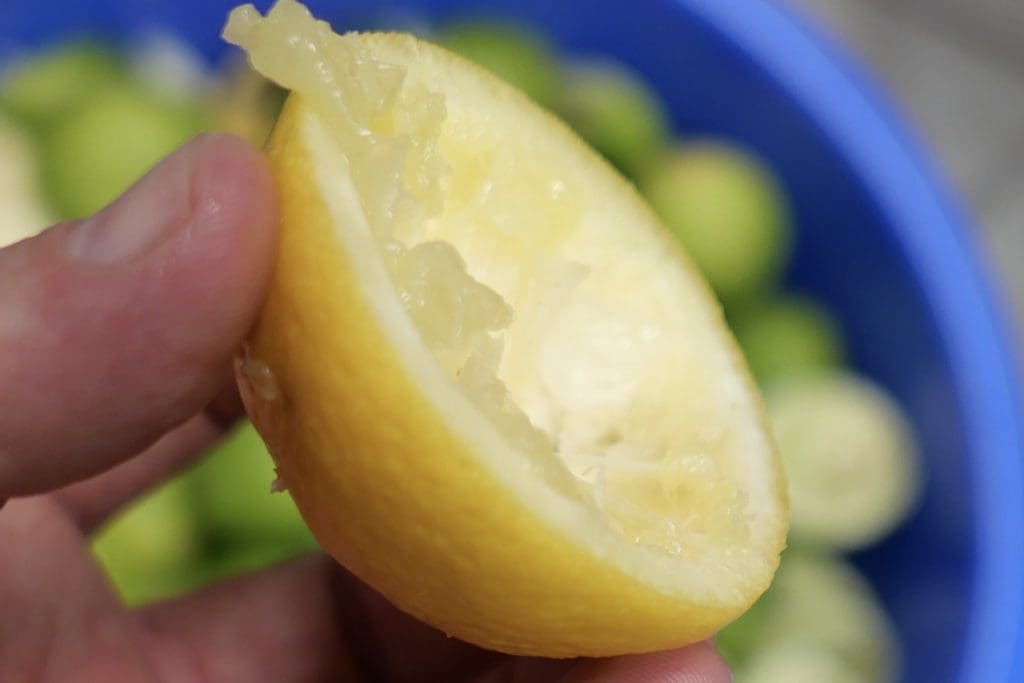
In a Rolling Stone article, Brian Framson suggests using fresh experiential concepts to give the consumers outstanding experiences. These experiences support a positive image and branding. The article provides links to other articles that share some consumer insights. They show consumers are looking for experiences, as well as fresh and healthy options. Consumers are also concerned about safety: their own as well as staff safety.
The article provides a few examples of how to establish some fresh menu themes:
- Cocktails: Margaritas, mules, and rickeys.
- Appetizers: Guacamole, salsa, ceviche, and a fresh lime vinaigrette salad.
- Entrées: Lime-focused marinades for chicken, shrimp, and vegetarian options.
- Deserts: Key lime pie, a lime bar brownie, or a lemon-lime sorbet.
Similar themes can also be developed for lemons. There are many lemon recipes for both the bar and kitchen. Lemons can be used to make many variations of lemonade, which is an extremely popular non-alcoholic beverage. Lemonade goes well with so many different types of meals. Lemonade can also be highly profitable while giving consumers a tasty, healthy, and natural beverage option.
EFFICIENCY & SAFETY USING AN AUTOMATIC JUICER
Juicing 5 boxes of 180-count limes per day translates into 900 limes being cut and 1,800 half-limes being squeezed every day. We have some customers that easily juice 8-12 boxes of limes every day. The lime juice in this example is used to mix drinks, such as margaritas and to prepare dishes, such as guacamole and ceviche. Using 5 boxes is just an example to help explain the principle.
Manually juicing 5 boxes, or 900 limes. If you have an experienced lime juicer, a person not a machine, on your team and they can juice at 5 fruit per minute (cutting and squeezing), then you will need 180 minutes (900 divided by 5) to juice those 5 boxes. 180 minutes is 3 hours for juicing this volume. This does not include set-up, break-down, and cleaning up of your manual juicing station. To achieve a juicing speed of 5 fpm, you will also need space for the cutting, storing the cut fruit, for the actual juicing, and the peel receptacles. If you include emptying peels and cleaning up, then this area of your operation will be blocked up for 3-5 hours per day. Juicing at 5 fruit per minute, manually cutting and squeezing, over a full 5 boxes of fruit is world-class and requires training, strength, and stamina to get consistent yield and avoid injury. Different staff members will juice at different speeds, with different yields, and different flavor profiles. Finally, different employees will have varying endurance levels, so yield will most likely fall after just 1 box juiced.
Juicing 1 box of fruit is challenging enough… think about juicing 1,800 lime squeezes!
An important comparison note: A typical 30-minute gym workout might consist of 10 exercises, 3x sets of each, and average of 10x repetitions (or reps) per set. So a typical 30-minute gym session would equal 300 repetitions of different motions using different body parts. Manually juicing 5 boxes of limes means 900 cuts and 1,800 squeezes over a 3-4 hour period. Most of those cuts and squeezes will be performed using a single (strong-side) arm, impacting one elbow, one wrist, one shoulder. This safety risk should not be ignored: repetitive motion injury (RMI).
Automatic juicing 5 boxes, or 900 limes. By training multiple staff members on properly using your automatic citrus press, all your trained staff will be able to juice. Your staff will be able to juice any day of the week: Monday, Tuesday, Wednesday, Thursday, Friday, Saturday, Sunday… and holidays. They will be able to consistently juice at 30 fruit per minute (Fantastic M/AS or Fantastic F/SB) or at 40 fruit per minute (8000XB or 8000SB-ATS).
If we assume 30 fruit per minute juicing speeds, then juicing 5 boxes of 180-count fruit will need 30 minutes of juicing time. If you have a Rolling Stainless Cabinet, you will need to empty your peels 5 times (once per box) in this example. Each emptying takes less than a minute. Thirty minutes of juicing plus 5 minutes to empty the peels: so 35 minutes of juicing on a Fantastic. In this scenario, using a Fantastic M/AS juicer on a Stainless Rolling Cabinet, you will need about 15 minutes to thoroughly clean your juicer. Juicing and cleaning completed in 50 minutes – under one hour!
The restaurant in this example was able to cut three (3) hours of daily labor: a 75% reduction. Despite decades of throwing away labor hours, restaurants can make dramatic improvements now by adding in waste cutting strategies and equipment. Imagine being able to double, triple or quadruple your labor efficiency and cut production costs over night. This can add more dollars to your bottom line.
Furthermore, this restaurant increased flexibility by training multiple staff members on juicing. Labor shortages remain a huge problem for restaurants. Staffing during the week or on weekends is an issue. Shifting more labor onto highly efficient equipment can help add efficiency and cut waste.
This example shows how a restaurant can increase consistency, eliminate safety risks, and make juicing a more enjoyable daily task, which supports job satisfaction. Finally, the freshly squeezed juice will have a very similar flavor profile to hand-squeezed juice. The hand-squeezed flavor profile is preferred by world-class bartenders, based on some extensive testing.
This restaurant transformed juicing from being an inefficient, inconsistent, dreaded task to being a safe, efficient, and consistent process. A process that produces great tasting juice and a great show.
THE SHOW
Another great advantage of implementing the right fresh juice strategy is “The Show”. A bar or restaurant can create a show or on-location experience for its clientele. One mistake many of our customers have made over the years, has been to ‘hide’ the juicer away in the back of the kitchen. In doing so, they miss out on a major benefit of producing fresh juice for their customers: The Show.
A messy juicing operation that uses ugly industrial equipment and takes up too much space should be hidden in the kitchen. However, a process using attractive, quiet, efficient, and clean equipment should be used where customers can see it. The patrons should see the equipment in action. A restaurant can add a whole new level of ‘freshness’ to a bar or restaurant’s operation.
Restaurant owners can make a decision to cut costs, reduce labor, improve flavor, and add new aromas all while creating a show. It doesn’t matter if it’s a slow Monday night, a happy hour on Friday night, or a jam-packed Saturday evening: adding some theater is a great way to enhance any restaurant’s branding. Bar patrons who see the equipment usually ask questions and a well-informed bar tender can present the fresh cocktails being prepared.
If your operation is making fresh juice, then be proud and show it off.
LIMES CAN BE HARD
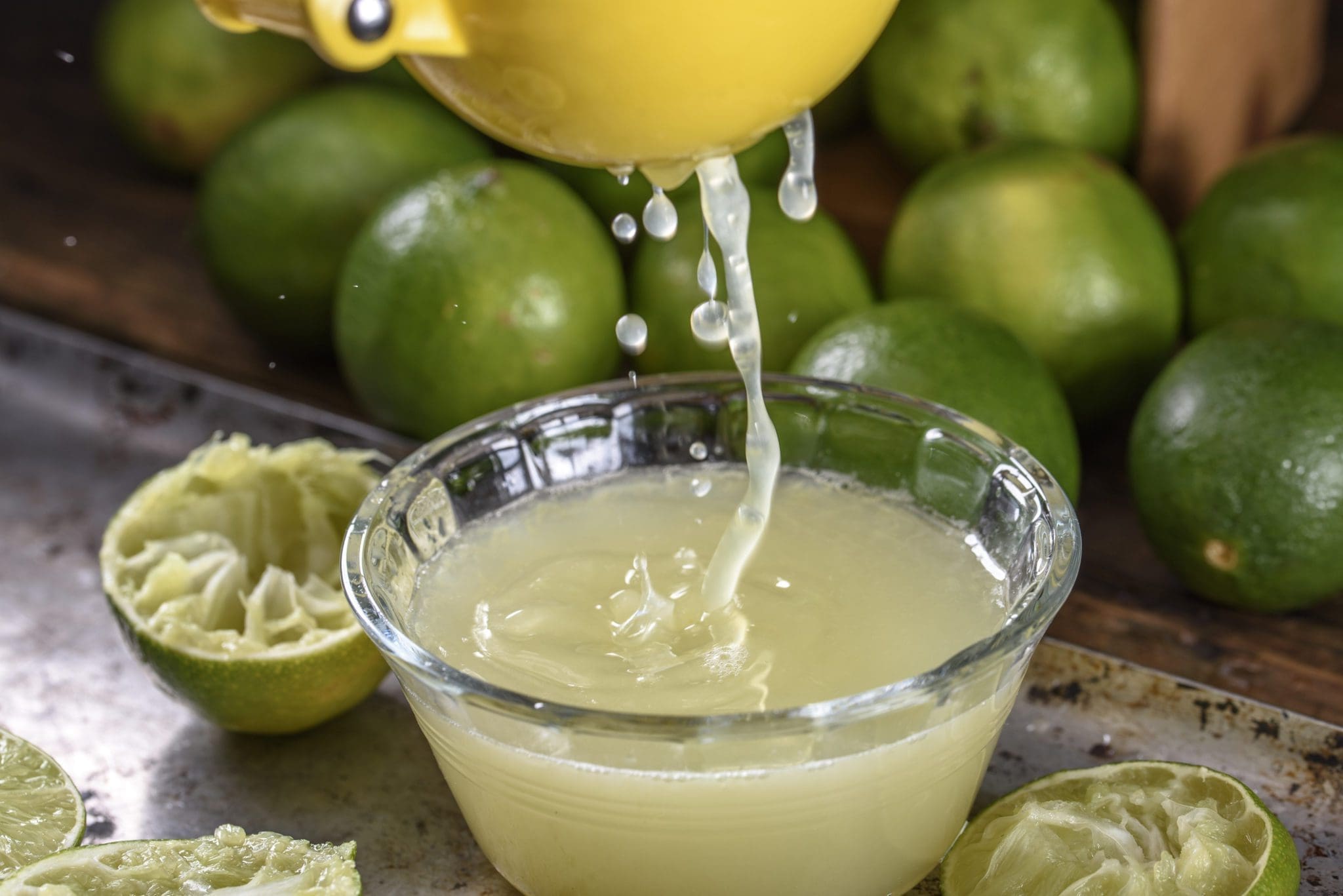
Let’s face it – lemons and limes can be hard. They are certainly harder than oranges.
A moving, serrated knife replicates hand cutting. A knife that easily slices through lime or lemon peels places less stress on the juicing equipment during the cutting process. Proper cuts produce more evenly split fruit, enabling better juicing and peel flow through the system. This leads to more consistent juicing, less jamming, and less wear & tear on equipment.
In addition, lemons and limes can be very acidic. Citric acid can be aggressive on many different materials. Equipment choices have to consider the cutting process and the citric acid. Select equipment that uses 304, food-grade, or 316, surgical-grade, stainless steel, which are highly resistant to citric acid. Other stainless steel can not hold up to citric acid. Proper hygiene standards are also extremely important. Look for features that keep the juice where it belongs, in the juicing area, and make cleaning fast, efficient, and effective.
Robust engineering, intelligent designs, high-quality materials, and a dynamic moving knife are key features to look for. They lead to better, more reliable juicing, improved hygiene, and amazing flavor. These important features will help you consistently produce a higher quality, better tasting juice day in and day out.
CITROCASA SOLUTIONS
Citrus America has been partnering with Citrocasa for more than a decade. We bring the best citrus juicing solutions for lemons and limes, as well as for oranges, tangerines, and most other citrus fruit, to the market. Based on testing, Citrocasa juicers yield 30-50% less peel oil than ‘fixed knife’ juicers. The improved cutting also dramatically improves fruit flow.
Many of Citrus America’s customers select the Fantastic M/AS for their restaurant operations. Depending on their juicing needs we may also recommend the ECO, for smaller volumes, or locations without electricity. For larger juice volumes we may recommend the 8000 SB-ATS. Our customers usually choose to buy a Small Pressing Kit (SPK). The SPK enables more flexibility. With the SPK, juicing smaller lemons and limes (140-200 count) is easy. Standard-sized fruit, such as oranges, tangerines, lemons, and limes (95-138 count) are juiced on the standard kit.
The Citrocasa juicers highlighted above use highly polished 304 stainless steel. They are designed to be highly attractive, easy to clean, and they shoul be placed where they can be seen. Placing a Citrocasa juicer where the restaurant patron or hotel guests can see it can increase the ‘fresh experience’.







